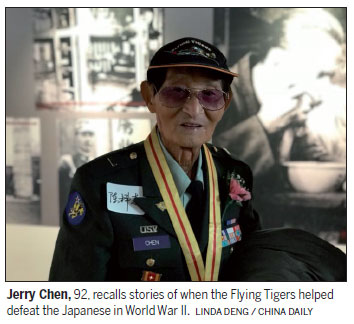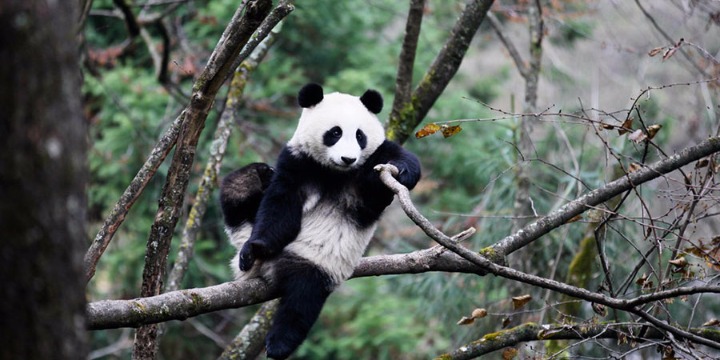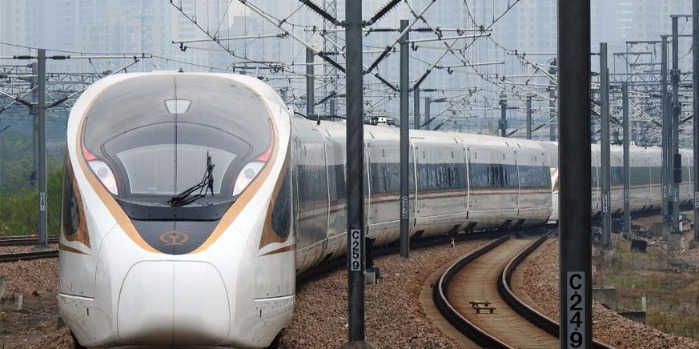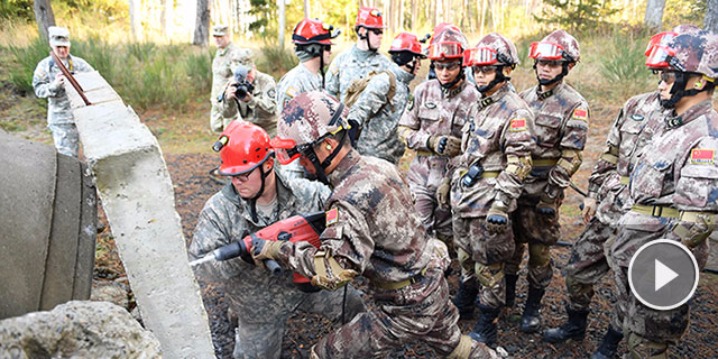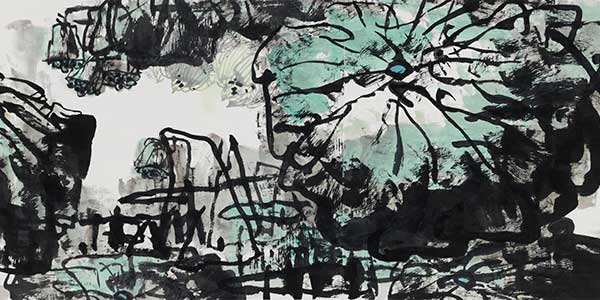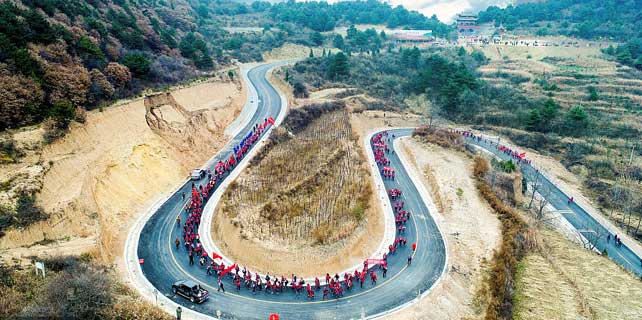WWII veteran shares stories of Flying Tigers
He doesn't want to recall when pilots lost their lives, but Jerry Chen willingly shares his Flying Tigers' stories about when the United States helped defeat the Japanese fascists. For Chen, now 92, it's important to remember history.
He was recruited for the US Fourteenth Air Force (14 AF) as a mechanic in 1943 in Kunming, China's Yunnan province. The 14 AF, commanded by General Claire Chennault, absorbed the 23rd Fighter Group of the US Army Air Forces, which replaced the American Volunteer Group, known as "Flying Tigers", after it was dissolved in 1942.
The 14 AF adopted the "Flying Tigers" designation and conducted highly effective fighter and bomber operations along a wide front.
Because of his English language skills, Chen was sent to the University to Pennsylvania for a two-month training course and then returned to China.
His job was to repair and maintain the P-40 and P-51 fighters under the instruction of the US engineers.
"My first job was to learn how to maintain a fighter," he recalled. "Quite often, we saw the planes crash in front of our eyes. Then we dismantled the planes and saved the operable parts for other aircraft."
The pilots went on three missions every day. The air force was always short of mechanics and spare parts, said Chen.
"Japan had more pilots and more advanced aircraft than us. Due to the poor maintenance and terrible weather, the US pilots were often killed in air explosions," he said. "We could not even recover their bodies."
The 14 AF was also instrumental in supplying the Chinese war effort by flying military transport aircraft over the infamous Hump, an air route over the Himalayan Mountains.
The C-46 transport aircraft in service was not thoroughly tested at the time. In three months, 31 of them exploded in air because of oil leakage, so it was called a "flying coffin", Roy Dillon, a former Hump pilot, told China Daily in a 2015 interview.
The C-46 was a large, twin-engine plane, and it was always loaded to maximize cargo volume. When one engine was lost over the Hump, the pilots would have to crash-land or parachute from 20,000 feet, Dillon said.
Though he was a ground crew member, Chen said he was also on board the C-46 on numerous missions as a mechanic.
"I was lucky to avoid dangers in treacherous conditions," he said. "Without navigation equipment, we solely depended on experience to avoid the Japanese attacks."
The US military estimated that more than 4,000 Japanese planes were destroyed or damaged in the China-Burma-India Theater during World War II. The US Army Air Corps credited the 14 AF with the destruction of more than 2,300 Japanese aircraft.
After the war ended in 1945, Chen became a businessman in Hong Kong and later moved to the US.
For his wartime service, the Chinese Central Military Commission, China's top military body, awarded Chen a medal in 2015 on the 70th anniversary of the victory of the Chinese people's war against Japanese aggression.
He also serves as an adviser for the Flying Tigers museum in Zhijiang county in China's Hunan province.
"The American and the Chinese people made great sacrifices, including their own precious lives," said Chen. "Without the American people's help, we would not win this war, and we would not have the peace today," Chen said.
liazhu@chinadailyusa.combut
